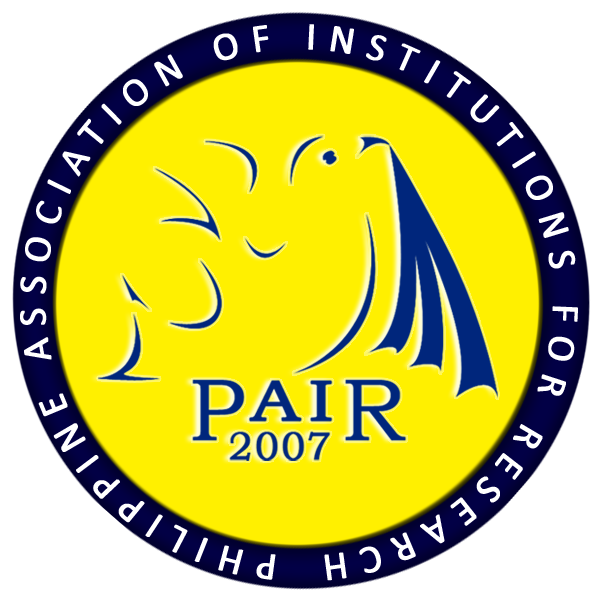Syntactic Analysis of Hiligaynun Visayan: Select Print Media Articles
DOI:
https://doi.org/10.7719/jpair.v44i1.599Keywords:
Languages, Visayan Hiligaynun Syntax, Visayan Print Media, Syntactic Structuration, Pedagogic grammar, Immediate Constituents, PhilippinesAbstract
This study investigates the syntactic structuration of the five select Hiligaynun Visayan Print Media Articles, namely: three news articles such as WANTED PERSON SA ANTIQUE, PRISU, LALAKI GINSIRBIHAN WARRANT, 4- KA TU-IG NGA BATA NALUMUS SA SUBA, and two editorials: SWILDU SANG MANUNUDLU and SAKA SA KUNTRIBUSYUN SA SSS. The study focuses on the following linguistic aspects (1) Immediate Constituents Analysis of the sentences, (2) phrase structures of the syntactic forms, and (3) pedagogic grammar monograph on Visayan Hiligaynun Syntax. The syntactic analysis through Immediate Constituents was the method used for the structuration segments of the articles. The sentences were analyzed using the constituent analysis to reveal syntactic structuration. ICA (Immediate Constituent Analysis) has two phases: phase one, identifying immediate constituents, and phase two, the rule in determining the syntactic structure. Based on the ICA and phrase structures of the sentences, the following are the findings: The ICA of the articles reveals that out of the nineteen sentences, eight are composed of simple sentences, eight compound sentences, and three compound-complex sentences. The syntactic structure phrasal analyses of the five articles yield nineteen sentences consisting of noun phrases, verb phrases, and prepositional phrases. A pedagogic grammar on Hiligaynun Visayan syntax is developed to guide the teaching and learning of Hiligaynun.
Downloads
References
Burton-Roberts, N. (2016). Analysing sentences: An introduction to English syntax. Routledge. Retrieved from https://bit.ly/2VyLAgV
Downloads
Published
Issue
Section
License
Copyright (c) 2021 Evalyn M. Pedrosa

This work is licensed under a Creative Commons Attribution-NonCommercial 4.0 International License.
Open Access. This article published by JPAIR Multidisciplinary Research is licensed under a Creative Commons Attribution-Noncommercial 4.0 International (CC BY-NC 4.0). You are free to share (copy and redistribute the material in any medium or format) and adapt (remix, transform, and build upon the material). Under the following terms, you must give appropriate credit, provide a link to the license, and indicate if changes were made. You may do so in any reasonable manner, but not in any way that suggests the licensor endorses you or your use. You may not use the material for commercial purposes.




















